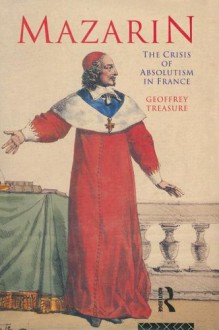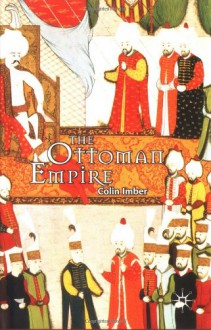
The history of colonial America has long been viewed as having been shaped primarily by commercial and ideological interests. Accounts of the period have focused on such factors as the profit-making origins of colonial Virginia, the religious interests of the Puritans settling Massachusetts, and the trading disputes and rhetoric of liberty that drove the colonies to rebel. These elements are rooted in the contemporary sources and reflect the concerns of the men and women who defined many of the events in the colonies. Yet they only tell part of the story. What has been left out, according to Stephen Saunders Webb, is the military dimension of English imperial government. His ambitious book, the first of a multi-volume series about the governance of the English empire in the early modern era, attempts to redefine our understanding of how the English empire was ruled by focusing on the governors of the English colonies, arguing that their martial backgrounds and autocratic approach to their responsibilities played an underappreciated role in the development of the English empire in the 17th century.
To make his case, Webb, divides his analysis into three parts. The first traces the origins of an authoritarian approach to civil power in England during the late 16th and early 17th centuries. Starting with the martial response to the threats of rebellion and invasion during that era, Webb describes how garrison commanders such as George Carey in the Isle of Wight exerted their authority over the communities in their area in ways that defied English traditions of local rule. This Webb sees as a new model for English governance that many of the army officers who exercised such responsibilities brought with them when they were appointed to military and civil posts throughout the empire. Singling out the colonies of Jamaica and Virginia, he shows how during key moments in each colony’s development – during the post-conquest period in Jamaica and in the aftermath of Bacon’s Rebellion in Virginia – these officials asserted authority on behalf of the crown in a way that bolstered imperial power at the expense of the colonial elites, establishing a pattern of imperial administration that would endure until the period of “salutary neglect” that began in the 1720s provided colonists with the opportunity to reassert the “habit” of local control.
Webb’s book offers a bold challenge to the traditional understanding of how the English governed their empire, and he identifies some important elements of English rule that have been neglected for far too long by people who read history backwards in anticipation of the struggle for independence in the 1760s and 1770s. Yet for all of his considerable research and the forcefulness with which he states his conclusions, Webb’s analysis is hobbled by several flaws which undermine his case in a number of respects. Foremost among them is the exaggerated distinction he makes between the officer-administrators at the center of his book and the civilian governors with whom he contrasts them, both of whom typically had the same origins in the English landed gentry. Moreover, his examples of “garrison government” in the British isles were the exception rather than the norm, and were far from unique, having been predated by similar establishments in places such as Scotland, Ireland, and Calais. Though these precursors demonstrate the prevalence of the tradition of quasi-military government in English history, their locations at the fringes of English authority demonstrate the unusual conditions necessary for such rule, which often did not exist in the colonies and were absent from England itself once royal authority was restored in 1660.
Nor are Webb’s flaws limited to his coverage of events in England. While the violent circumstances of the English Civil War created a generation of officers experienced with authoritarian rule, too often Webb assumes that all of the men of military experience were dedicated to its implementation in the colonies, when in fact many of them were often focused on more personal concerns and preferred to compromise with colonial legislatures rather than engage in acrimonious assertions of royal power. Webb’s description of events in Virginia in particular is almost frustratingly context-free, as he alludes to Bacon’s Rebellion without ever really describing it, and leaving out much of the relevant pre-rebellion history of the colony unaddressed. This downplays the deep roots of the power possessed by the colonial elites, who as even Webb acknowledges were often able to check the garrisoning tendencies of governors like Thomas Culpepper.
Such nuance would have make for a more complicated tale but a less forceful argument. This is the hidden strength of Webb’s book, which for all its flaws serves as an important corrective to the traditionally commercialist focus of studies of English colonialism. Whether Webb addresses these issues in his later volumes remains to be seen, but even with its limitations it remains an important book for understanding the history of government in colonial America.

 Log in with Facebook
Log in with Facebook 









